[Newsbits] 22.01.2024: Surya Tilak, Nagara Style & more

The “Surya Tilak” is a special feature of the Ayodhya Ram Temple, designed to apply a symbolic tilak (mark) using the sun’s rays on the forehead of Lord Ram’s idol every year on Shri Ram Navami. This innovative system, developed in collaboration with the Indian Institute of Astrophysics and CSIR-CBRI Roorkee, involves a gearbox and reflective mirrors/lenses to track and direct the sun’s rays from the temple’s third floor to the sanctum sanctorum. The occurrence symbolizes the celebration of Lord Ram’s birthday and merges traditional spiritual practices with modern technology. The 2023 State of Teachers, Teaching and Teacher Education Report highlights significant challenges and changes in the field of education in the United States. Key issues include the widespread problem of low teacher pay, with 78% of educators recognizing this as a serious concern. There’s a growing need for uniformity in teacher salaries across states. Teachers are also increasingly spending out of their pockets for basic classroom supplies. Another critical issue is the lack of respect for teachers from the public, affecting their professional satisfaction. The report also discusses the importance of diversity in teaching, with policies focusing on racial and linguistic diversities, such as Grow Your Own programs, Registered Apprenticeships, and Teacher Residencies. High school pipeline programs are also part of these efforts. Regarding teacher attrition, about 8% of public school teachers left the profession in 2021, with retirement cited as a common reason. Teachers are seeking better work-life balance and more autonomy in their roles. The report suggests the way forward includes continued policy development, greater resource allocation, and ongoing support for teachers to address these challenges. The ties between Ayodhya and Korean Queen Heo Hwang-ok revolve around a historical connection dating back to 48 A.D. According to the legend, Queen Heo, originally named Suriratna, was a princess from Ayodhya who married King Kim Suro of Korea, thereby establishing the Karak dynasty. This connection has fostered a deep cultural bond between India and Korea, evident in the significant number of Koreans tracing their lineage to this union. The significance of this tie has been highlighted in modern times through various cultural exchanges, the establishment of the Queen Huh Memorial Park in Ayodhya, and the designation of Ayodhya and Gimhae as sister cities. The story, however, is subject to debate regarding its historical accuracy, with various interpretations and a lack of concrete evidence. Despite this, the narrative continues to play a crucial role in the cultural and diplomatic relations between India and South Korea, with potential for further strengthening these ties through ongoing research and cultural exchange. The Nagara style, originating around the 5th century CE in North India, is renowned for its distinctive architectural features like towering spires (Shikharas) and intricate carvings. This style is prominently showcased in the recent construction of the Ram Mandir in Ayodhya, India. This temple, a symbol of cultural heritage and religious significance, has been built adhering to traditional methods without using steel or iron. The inauguration of the temple not only marks a significant cultural event but also highlights the architectural richness of the Nagara style, reflecting ancient Indian craftsmanship and religious importance in Hinduism. The Alliance for Global Good-Gender Equity and Equality, launched at the World Economic Forum in Davos, Switzerland in January 2024, aims to promote gender equity and equality globally. It focuses on women-led development and includes global best practices, knowledge sharing, and investments in women’s health, education, and enterprise. Supported by influential organizations like the Bill and Melinda Gates Foundation and the CII Centre for Women Leadership, the Alliance has garnered substantial support from over 10,000 industry partners. This initiative is part of India’s commitment to global cooperation and women-led development, emphasizing the collaboration of industry, enterprise, and humanity for gender equality. The Somnath Temple, located in Prabhas Patan near Veraval in Gujarat, India, is a significant Hindu pilgrimage site and one of the twelve Jyotirlingas of Lord Shiva. Its history involves multiple reconstructions following destructions by various invaders, notably Mahmud Ghazni in the 11th century. The temple has a deep spiritual and religious significance, being a site of legends and mythology, including the story of the Moon God, Chandra Deva, who originally built the temple as a form of atonement. The temple’s architecture, with intricate carvings and a majestic spire, reflects India’s rich cultural heritage. It is also a cultural hub, celebrating festivals like Mahashivratri, Kartik Purnima, and Diwali. The temple’s resilience in the face of adversity has made it a symbol of Hindu faith and cultural heritage. Efforts to preserve this historical and spiritual landmark continue, highlighting its importance in India’s cultural and religious landscape. The World Health Organization (WHO) released guidance on the ethics and governance of large multi-modal models (LMMs), a type of rapidly growing generative AI technology with applications in healthcare. This guidance, issued on January 18, 2024, aims to manage the risks associated with AI in healthcare. It includes over 40 recommendations for governments, technology companies, and healthcare providers. The guidance addresses the potential for AI to improve healthcare but also highlights risks such as producing false or biased information, cybersecurity threats, and accessibility issues. WHO emphasizes the need for involving various stakeholders, including governments, technology companies, healthcare providers, patients, and civil society, in all stages of AI model development and implementation. The organization underscores the significance of these guidelines in improving healthcare and overcoming health inequities, while also acknowledging the challenges and potential for harm due to misuse or misinterpretation of AI technology in healthcare. The way forward includes adhering to these guidelines and continuously monitoring and improving the ethical use of AI in healthcare.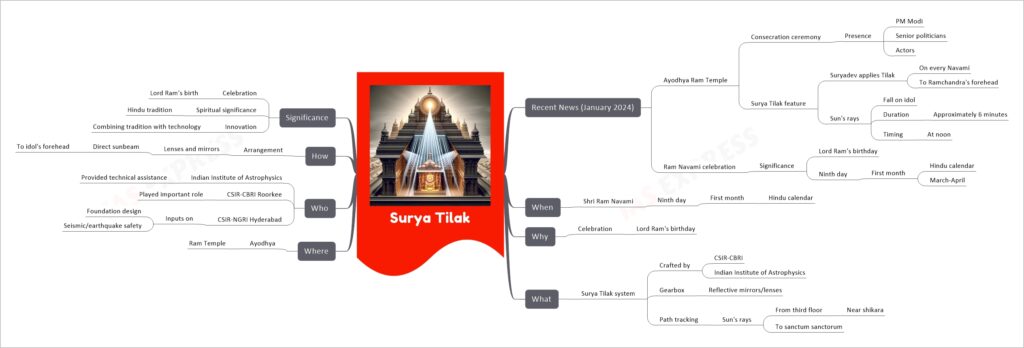

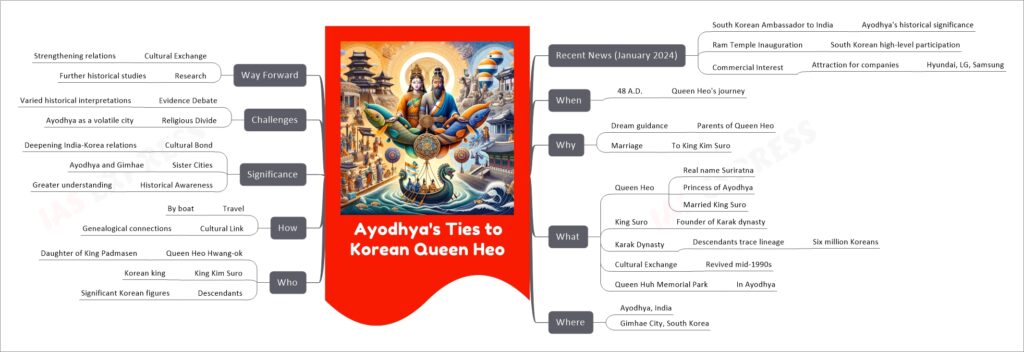
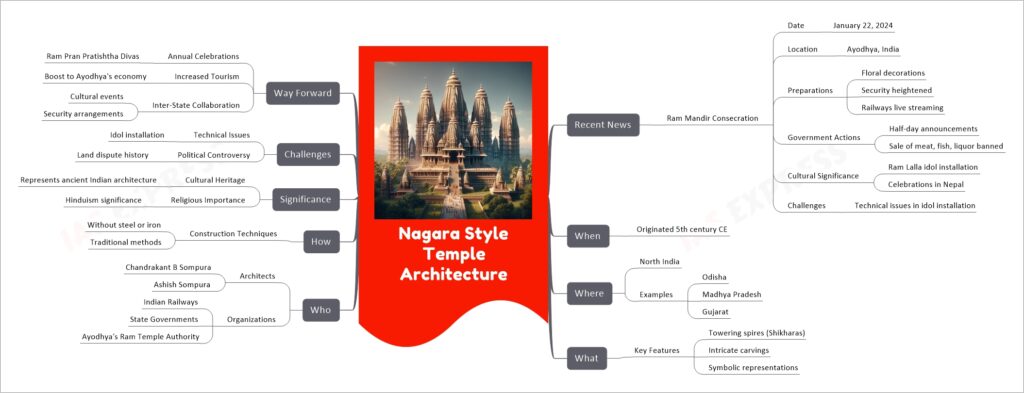
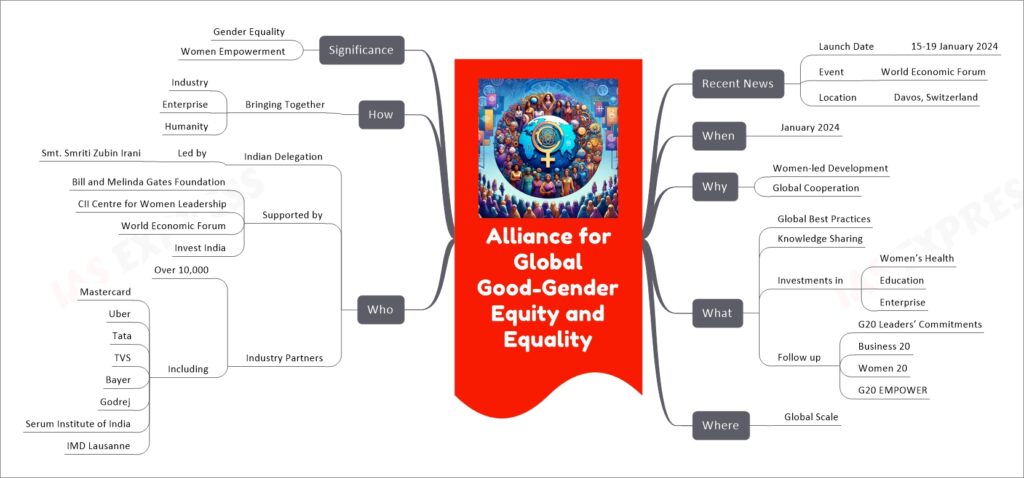
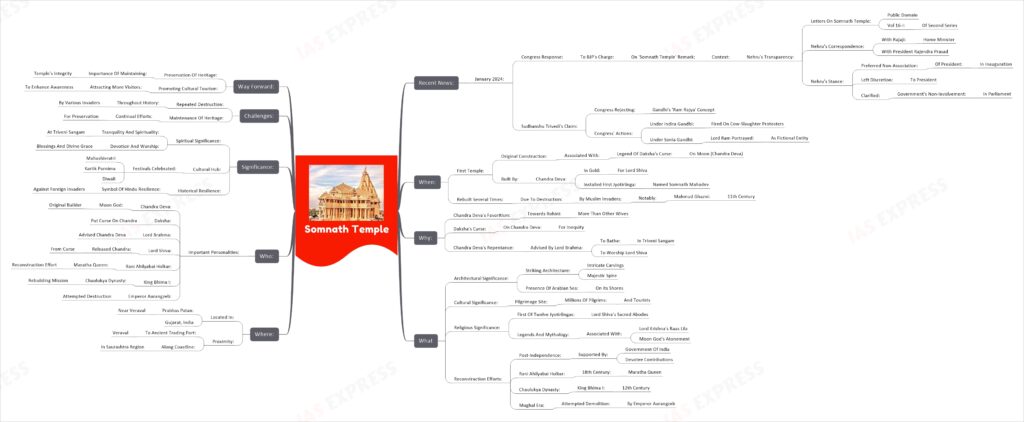

If you like this post, please share your feedback in the comments section below so that we will upload more posts like this.
